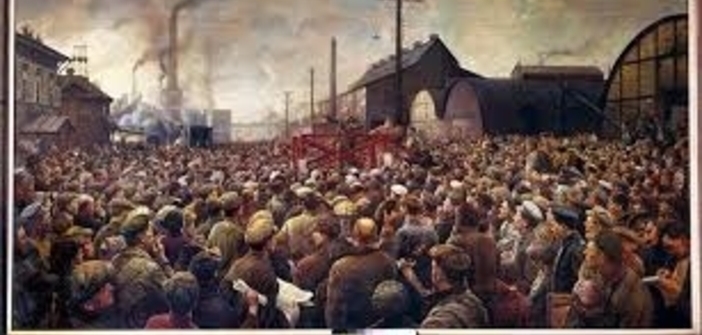As part of the centenary commemorations of the 14-18 War, the Louis Nucéra Library presents an exhibition of printed, iconographic, and audio documents from the period that recount the events of the year 1917.
These documents belong to the rich heritage collections of the BMVR.
1917, the third year of the war, so many deaths and injuries, pain, mourning, hunger, and no hope of seeing the war end.
Peace! This is what the people of Europe want. But the wish of the war-weary populations and some leaders like the United States President Thomas Woodrow Wilson, clashes with the need for a victory-bearing peace for the governments, peace sought but accompanied by exorbitant conditions that make it impossible.
The desire for peace invades society as a whole, causing strikes and mutinies, overthrowing governments and military leaders, and even bringing down an empire. But the war continues, from deadly battles to useless carnages (Chemin des Dames, Passchendaele…) on land and at sea.
The United States, Greece, Brazil, and China will intervene alongside the Allies. Starting in June, several tens of thousands of soldiers will land in Brest and Saint-Nazaire, but they will not be able to unleash their full power until the end of the year.
New strategies are being tested: unrestricted submarine warfare, “sudden” attacks.
On December 15 in Brest-Litovsk an armistice is signed between Bolshevik Russia and the Central Powers.
A year of rupture, but a year of upheavals or hope. The end of the Russian Empire, the Bolsheviks coming to power in October represents “the great light in the East,” the beginning of an adventure that will mark the century.
1917 changed the fate of the world.


